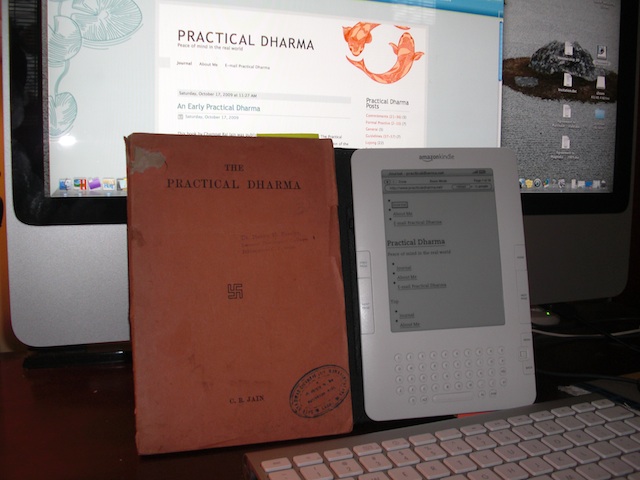2. Formal Practice (2-10)
7) Alternately practice sending & taking. (Meditation: Breathe in, All Suffering / Breathe out, Everything Good)
I am blessed to have the opportunity to do clinical supervision with a number of highly skilled mental health practitioners. An issue that sometimes arises is "Burn Out". It is our natural tendency when we encounter great suffering in others, that we attempt to protect ourselves from becoming induced into the same emotional state as the suffering person. This is especially true for those of us who have empathy for others. And of course, this is a special problem for therapists who practice intentionally elevated levels of empathy as part of psychotherapy. This constant state of induced negative emotional arousal is a major source of therapist burn out. It may also be a source of burn out for those of us who have family problems or any intense emotional connection to a person who chooses to suffer emotionally. (Oops, I let my prejudice show by the using the word "choose"; I believe pain is unavoidable, suffering is optional - see many other posts here.)
When I coach therapists who are struggling with burn out, I often suggest they let go of attempts to defend themselves against the suffering of their patients. The reason is because for a therapist attempting to practice intentional heighted empathy, defending against being induced into sympathetic negative emotion is like one step forward, two steps back - it will not get anywhere. The alternative is the practice of Tonglen or Loving Kindness Meditation. Lojong 7 is based on this technique. ("Technique" under states the necessary commitment - better is "life practice".)
When I let go of the attempt to defend against negative emotions that I encounter; and instead intentionally take these in so I can send out love & kindness, I create an energy loop that allows the negative energy to pass through without sticking to me. And more importantly, I become a vehicle through which the negative energy is transformed into a positive energy that benefits the other person, who is the source of the negative energy.
I often hear from therapists and others who encounter intense negative emotional energy, that this whole idea is way too scary to even consider. They often say things like, "I'm just too scared to let down my barrier to all that negativity; I feel it could destroy me if I don't constantly defend against it". Here is the paradox, by attempting to defend against the negativity you are locked in a death struggle with it. An analogy is Jiu Jitsu, let the energy pass on by. However, in Tonglen we do not merely send the energy past us, it is possible to use the momentum of the negative energy to amplify the amount of positive energy we can send back to another.
This "technique" works especially well in therapy due to the large amount of negative emotional content that is processed. However, it can work just as well with negative emotion and other suffering in any situation in which it is encountered. Please give yourself the world the benefits of this practice.
If you think others might like this article submit it to StumbleUpon by clicking Submit.

 Saturday, October 17, 2009
Saturday, October 17, 2009 
 attachment,
attachment,  practical dharma in
practical dharma in  General
General 
